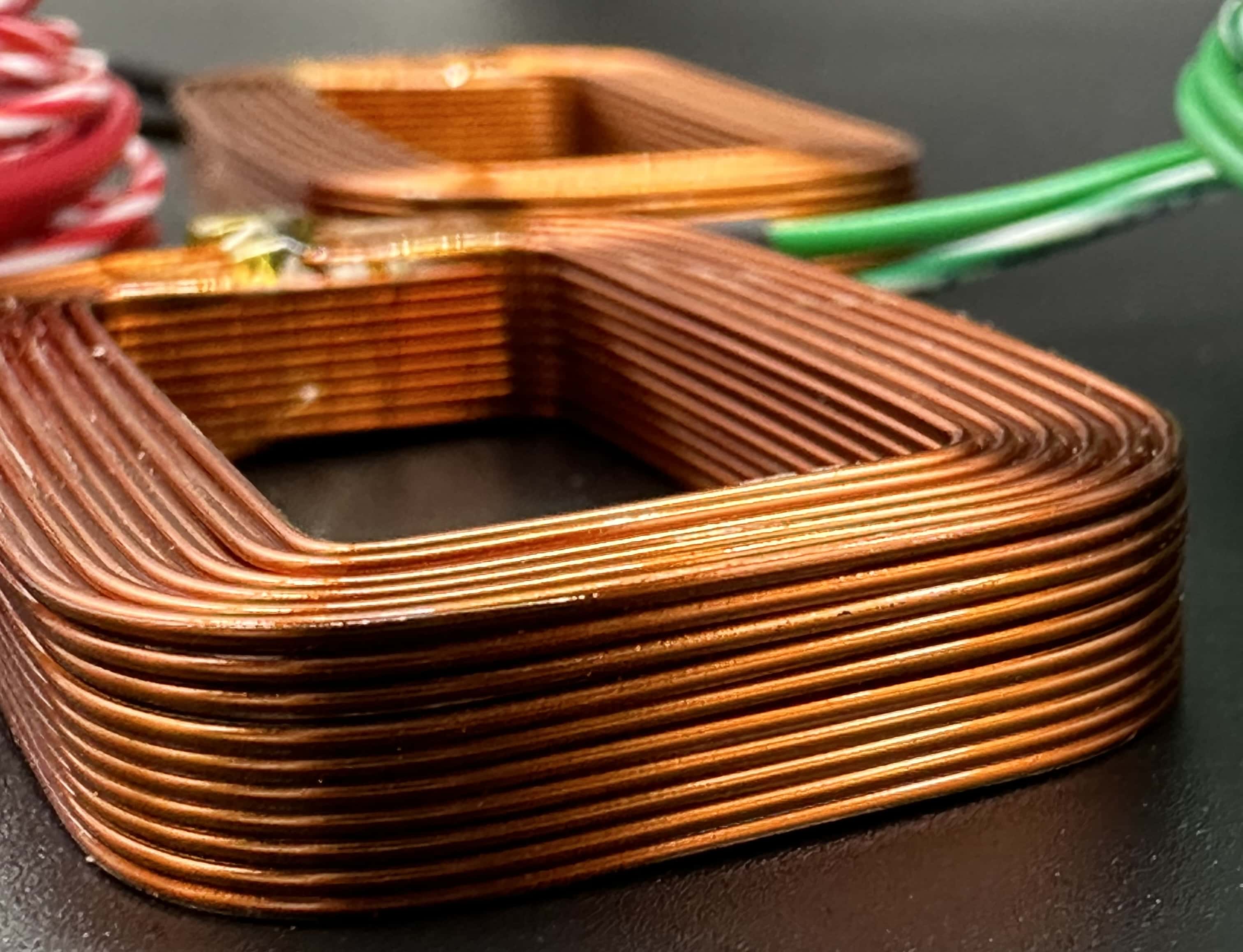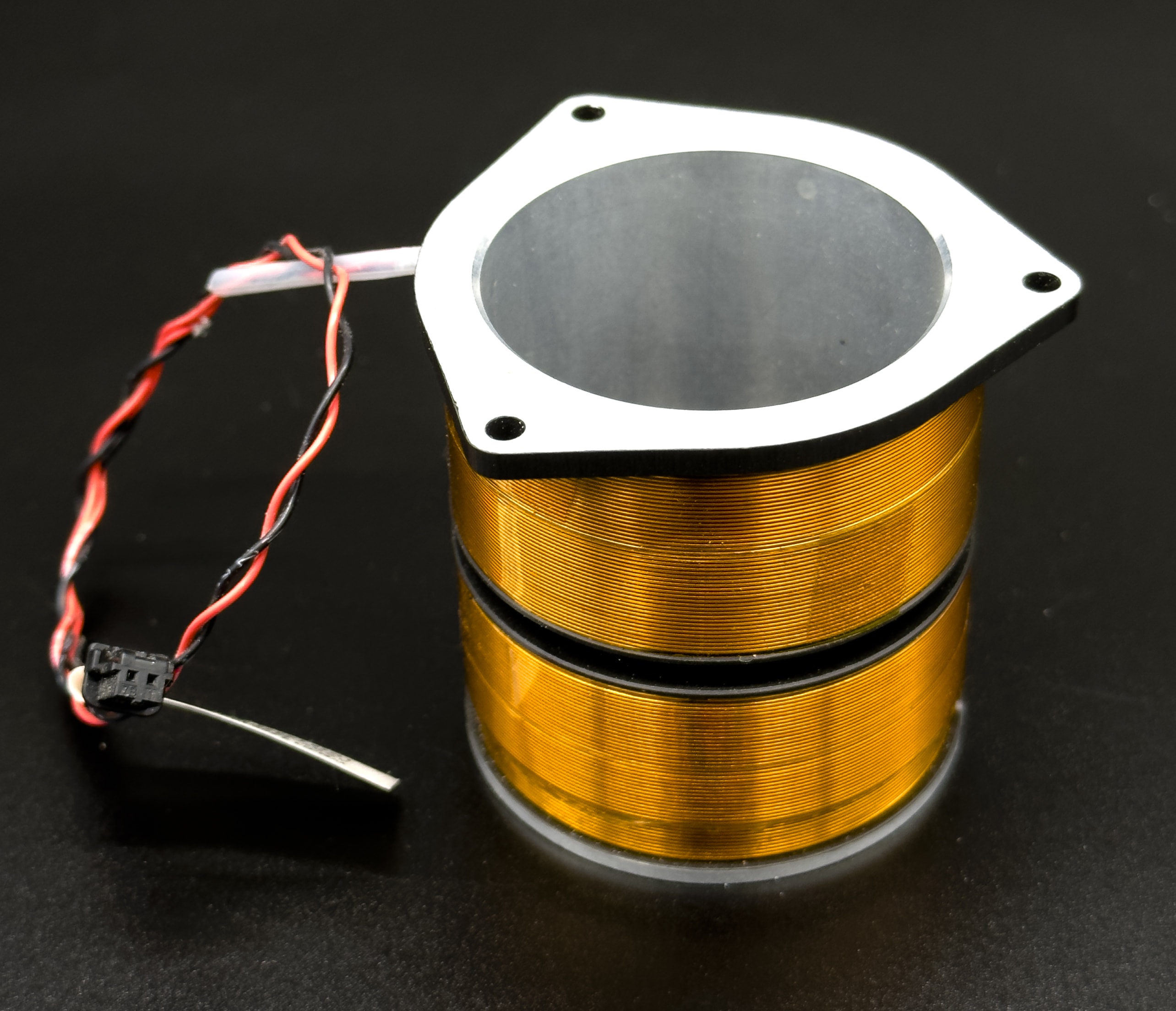The Basics of Coil Winding
Comments Off on The Basics of Coil WindingCoil winding involves wrapping a wire around a cylindrical object in a spiral-like shape to produce a standalone coil or a coil on a toroid, bobbin, or other type of center support. The coil may be made of one or more layers of wires depending on its intended application.
The following factors influence the type of coil winding used in an application:
- Dimensions, shape, and geometry of the coil design
- Inductance properties
- Insulation strength
- Magnetic field requirements
- Available space
- Specific location of the coil in the device or system
Due to these factors, coil winding is a complex art and science. Learn more about the basics of coil winding and the different types of coil winding techniques.
Coil Winding: Basics and Machinery
An electric coil is an electrical conductor with a series of conductive wires wrapped around a core. Found in electric generators, motors, electromagnets, and inductors, electric coils provide a reliable, consistent method of inductance, effectively opposing a current’s flow.
Utilizing different types of coil winding techniques allows engineers to create single or multiple-layer coils for electronic components that meet voltage, electrical current, and heat insulation requirements.
Manual and automated winding systems are commonly used in the production of coils. The factors which influence which option is utilized includes specific design parameters and volume requirements.
As manual methods have evolved into automated processes, coil winding machinery offers enhanced precision, efficiency, and quality, benefiting most applications and industries.
Diverse Coil Winding Techniques
Engineers select the appropriate method of coil winding based on space availability, coil location, and other design specifications. Each technique offers a unique set of features and characteristics.
Wild Coil Winding
Wild coil winding is a quick and easy method that wraps the wire unevenly in a cross-winding pattern. The random wire placement results in a wider range of electric coil resistances and a wider distribution of wire lengths on the coil’s body. This type of coil winding is commonly used in high-volume mass production and is best suited for the following applications:
- Devices with small wire gauges
- Ignition coils
- Relay coils
- Small electric motors
- Small transformers
Helical Coil Winding
In helical coil winding, the wire is uniformly wound in layers around a cone or cylinder to create a three-dimensional spiral shape. Each layer contains wires wound in the direction of movement, alternating between right-hand and left-hand, with each layer of wire resting in the gaps of the underlying layer. Helical coil winding is used in low-voltage windings and can include several strands or up to a hundred continuously parallel wires.
Orthocyclical Coil Winding
Orthocyclic winding is an efficient method that allows each layer of wire to fit into the grooves of the layer beneath it. Its high fill factor of 90% creates a strong magnetic field. This winding pattern allows for maximum usage of space and continues over each layer. Every turn occurs parallel to the next, with only a fractional shift between each layer.
Sandwich Coil Winding
Sandwich coil winding is a unique layered design where high-voltage windings are sandwiched between two low-voltage layers to reduce leakage flux. This type of coil winding is primarily used in transformer production and looks like a series of discs.
Bobbin Coil Winding
A bobbin coil consists of wire wrapped around a bobbin, which will vary based on current and voltage levels, operating frequency, and rating. Bobbin coils are often used in power conversion units and switch-mode power supplies, as well as many other applications.
Contact Custom Coils, Inc. for All Your Coil Winding Needs
Automated and manual winding machinery and various types of coil-winding techniques play a critical role in the performance of the intended electrical device. At Custom Coils, Inc., we have the knowledge and expertise to perform the method that best suits the demands of your specific application.
Contact us or request a quote to learn more about coil winding and how Custom Coils can serve your needs.




